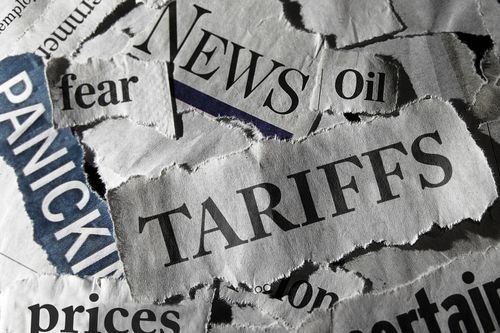Written for Bolton by Zack Fritz, Economic Advisor to Bolton
There were hopes that inflation peaked in July, but those hopes were dashed by an August Consumer Price Index report that came in significantly hotter than expected. Despite energy prices falling 5% in August, overall inflation inched 0.1% higher for the month and is up 8.2% year over year. The broad-based nature of recent inflation, with prices rising for virtually all goods and services, is more concerning than the magnitude of price increases.
The Federal Reserve will continue to raise the target range of the Federal Funds rate at a rapid pace until inflation is suppressed. While that will eventually have a chilling effect on economic activity, and has already slowed the housing market to a crawl, U.S. consumers continue to spend and U.S. employers continue to add jobs at an unprecedented pace; during the first eight months of 2022, payroll employment increased by 3.5 million, more than in any year from 1939 to 2020.
Hiring would occur at an even faster pace if not for widespread labor shortages, which remains a significant headwind for both economic growth and combatting inflation. The number of open, unfilled jobs at American companies remains about 4 million higher than in February 2020 (an increase of roughly 60%), and the unemployment rate currently sits at 3.7%, just above the 50+ year low established in July.
These labor shortages have empowered employees to quit their jobs at an unprecedented rate in search of higher pay; data from ADP show that the average job-switcher has seen a 16.1% pay increase over the past year while the average job-stayer has gotten just a 7.6% pay increase. As employers raise wages in an effort to retain and attract workers, it will continue to fuel inflation. On the flip side, newer employees tend to be less productive (same with the existing employees who have to train them), and that will put downward pressure on output and productivity in the short-term.
As a result, the near- and medium-term outlook is increasingly bleak. The Federal Reserve downgraded their forecasts at their September meeting and now predict just 0.2% GDP growth in 2022 (down from a forecast of 1.7% growth at their June meeting). The Fed also downgraded their forecast for 2023 (to 1.2% growth from 1.7%) and 2024 (to 1.7% from 1.9%). The Fed is predicting 1.8% growth in 2025. If those projections prove correct, it will be the first time the U.S. has had four straight years of sub-2% economic growth since the Great Depression (1930-1933).
There may still be a window for the Federal Reserve to navigate a soft-landing—the extreme surplus of demand over supply (especially for workers) means that demand can be reduced without dramatically increasing unemployment—but that window is closing with each month of rapid hiring and red hot inflation. Global factors, including energy prices in Europe, a Russia-Ukraine conflict with no end in sight, and economic weakness in China, certainly won’t help.
Contact a Bolton consultant to find out more.




